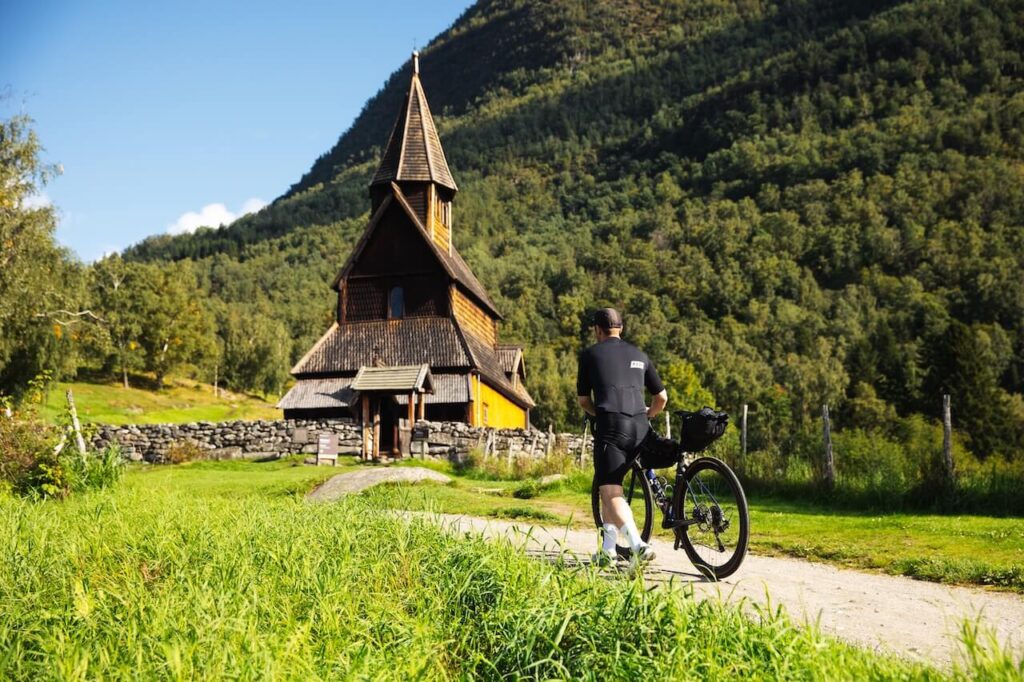
Norges stavkirker: Sykling til sjelen av skandinavisk historie
Norges stavkirker er blant landets mest unike og stemningsfulle kulturskatter. Disse middelalderske trekirkene, som ble bygget mellom 1100- og 1300-tallet, er

Norway’s stave churches are among the country’s most unique and evocative cultural treasures. These medieval wooden churches, built between the 12th and 14th centuries, are architectural time capsules of Viking craftsmanship fused with early Christian symbolism. Today, only 28 stave churches remain, scattered across valleys, fjords, and mountainsides. For cyclists, these ancient buildings offer not only a gateway into history but also a reason to explore some of Norway’s most scenic and lesser-travelled roads.
In this post, we’ll look at what makes these churches so special, the historical and geographical context around them, and most importantly, which ones are best to visit by bike.

The term “stave” refers to the wooden posts (or staves) that form the load-bearing structure of these churches. Built using sophisticated woodworking techniques that echo Viking shipbuilding, stave churches are typically made from local pine, treated with tar for protection against the elements. They often feature steep, tiered roofs, dragonhead carvings, and ornate portals – symbols that blend Christian iconography with older Norse mythology.
When Christianity took root in Norway around the 11th century, these churches were built in remote areas by local communities. Their isolation helped preserve them, especially after the Black Death and later the Protestant Reformation led to the abandonment or destruction of many other wooden churches across Europe.

To truly appreciate Norway’s stave churches, you have to understand the cultural crossroads at which they were built. These structures were not born out of pure Christian tradition; they emerged during a period of deep transformation in the Norse world. The transition from paganism to Christianity wasn’t clean or complete. It was layered, gradual, and filled with compromise.

Many stave churches stand on older sacred sites, places where Norse people once worshipped gods like Odin, Thor, and Freyja. When Christianity spread northward during the 10th and 11th centuries, the Church often co-opted these locations to ease conversion. That’s why you’ll find dragonhead carvings, serpents, and tree-of-life motifs on the doorways and beams, symbols that echo older beliefs about the cosmos, fate, and protection against evil.
Inside, stave churches are dimly lit, with heavy vertical columns (the staves) resembling a forest of sacred trees. The effect is atmospheric, even spiritual, something closer to myth than institutional religion. These aren’t just places of worship; they are wooden relics of a worldview where gods walked the earth, spirits dwelled in trees, and fate was woven in invisible threads.

It’s no surprise that modern fantasy storytelling often draws from the world of stave churches. The dark wood, the intricate carvings, the way the structure breathes with age, it all fits neatly into the visual language of myth and legend.
Game of Thrones frequently draws on the atmosphere of stave churches, especially in the icy, spiritual aesthetic of the North and beyond the Wall. The temples of the old gods in Winterfell, ancient, silent, surrounded by sacred trees, bear a strong resemblance to Norway’s stave churches in mood if not in form.

The Lord of the Rings also leans heavily into Norse and Anglo-Saxon influences. The hall of Edoras (Meduseld), home of King Théoden, is modeled architecturally and spiritually on early Scandinavian structures. The idea of a king in a wooden hall, surrounded by runes and tapestries, echoes the stave church legacy and the sagas that inspired Tolkien.

Even in The Witcher and parts of Skyrim, you’ll find buildings that evoke the stave church silhouette, steep gables, dragonhead beams, and a sense of mystery tied to nature and fate. These designs are not just medieval, they’re Nordic. They’re stave church-inspired.

Visiting a stave church isn’t just a historical excursion, it’s an encounter with myth. These buildings sit at the junction of two spiritual ages: the end of the old gods and the rise of the new. For many, they still carry a sacred silence that feels older than Christianity itself.
When you cycle to one of these churches, you’re not just arriving at a waypoint on your journey, you’re stepping into a mythic narrative that continues to echo through literature, cinema, and culture. The fact that stave churches remain standing today is a testament to the deep roots of story and symbol in the Scandinavian soul.
So whether you’re a historian, a cyclist, or just someone drawn to the timeless, stave churches offer a unique chance to stand in a place where legend and reality intertwine.

Cycling to stave churches allows you to take in the full context of their setting. Most are found in quiet, rural areas – steeped in stillness and surrounded by forests, rivers, or fjords. Arriving on a bike means you approach these places slowly, feeling the landscape shift as you descend into valleys or climb towards ridges. There’s a deep sense of continuity between the journey and the destination.
Below are some of the most rewarding stave churches to visit by bike, based on location, preservation, and the quality of surrounding cycling roads.

Why Visit:
Lom is one of the largest and best-preserved stave churches in Norway, dating back to around 1150. Still in use today, the church features elaborate dragonhead roof carvings and beautifully carved portals that echo pre-Christian symbolism. The interior contains medieval frescoes and an impressive altarpiece from the 17th century. It sits perfectly at the start of Naturskjønn rute Sognefjellet, a favourite among cyclists and the perfect stop before the big climb to 1428m.

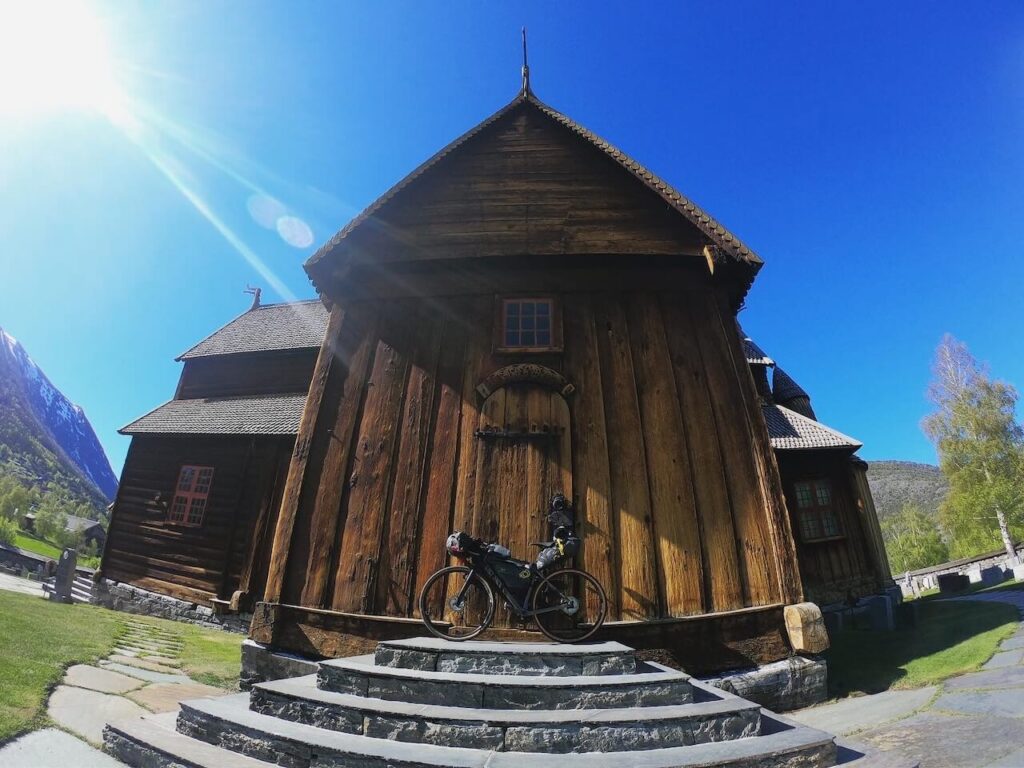
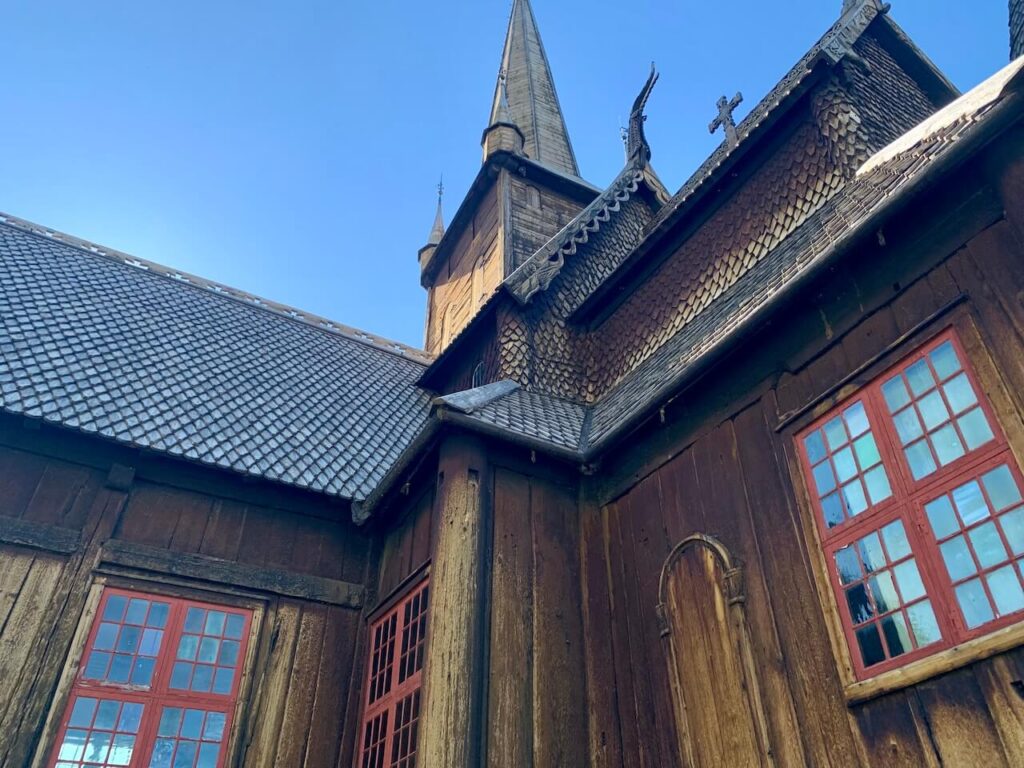
Cycling Access:
Take the train to Otta, then ride west into Ottadalen Valley along quiet backroads and river routes. The ride to Lom is scenic and steady, with the Jotunheimen mountains forming a dramatic backdrop. The mighty Sognefjellet climb awaits after the visit, so pray to the Norse gods for good weather and strong legs!
Ruter: Nasjonal sykkelrute 6 & Jotunheimen Gravel Explorer
Opening Hours (2025):
Admission:
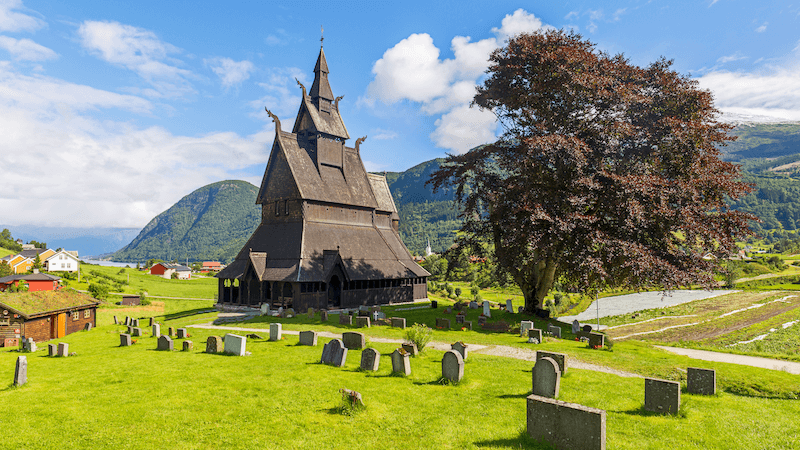
Why Visit:
Hopperstad is one of the oldest stave churches, dating to around 1130. It’s perched above the Sognefjord, offering views that alone justify the journey. The church includes a reconstructed apse and chancel based on similar Romanesque architecture from Norway’s medieval past.
Cycling Access:
Ride over Vikafjellet from Voss or take the ferry from Balestrand and cycle up to the village of Vik. The climb over the mountain is a highlight in itself, remote and steeped in alpine beauty.
Routes: National Cycle Route 3 & Bergen to Åndalsnes
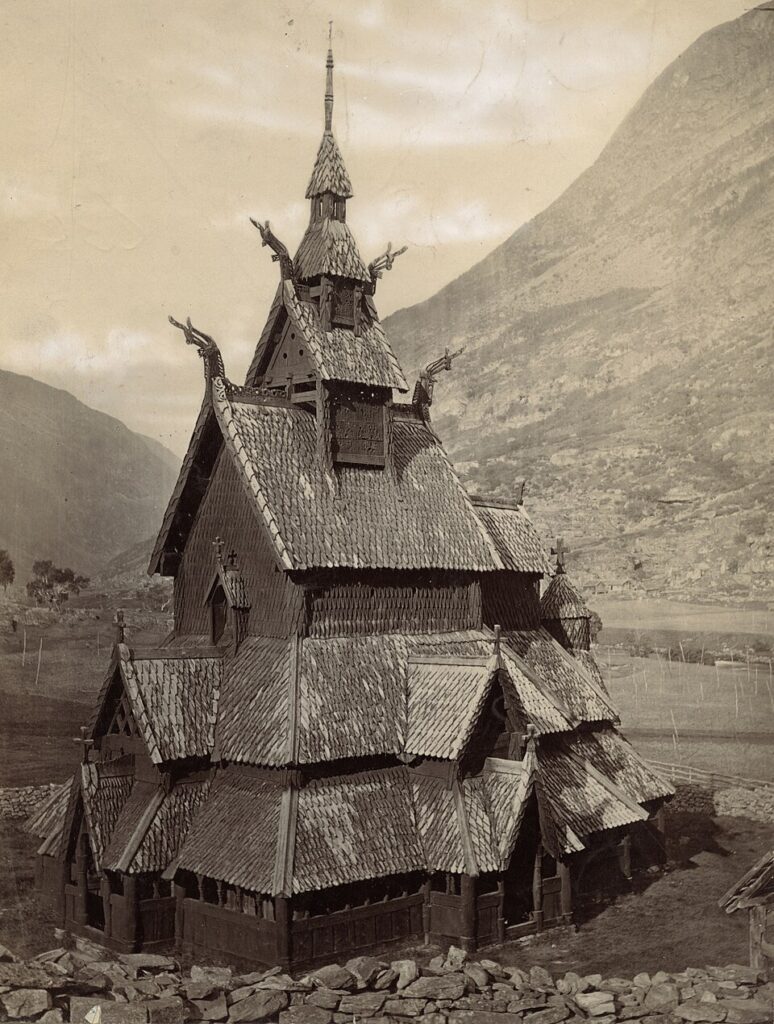
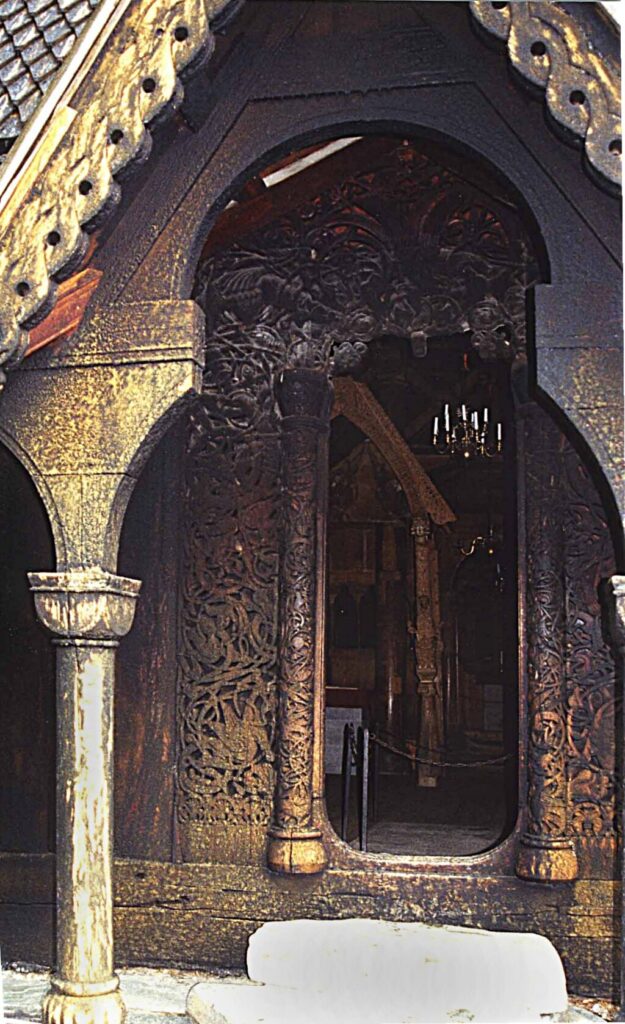
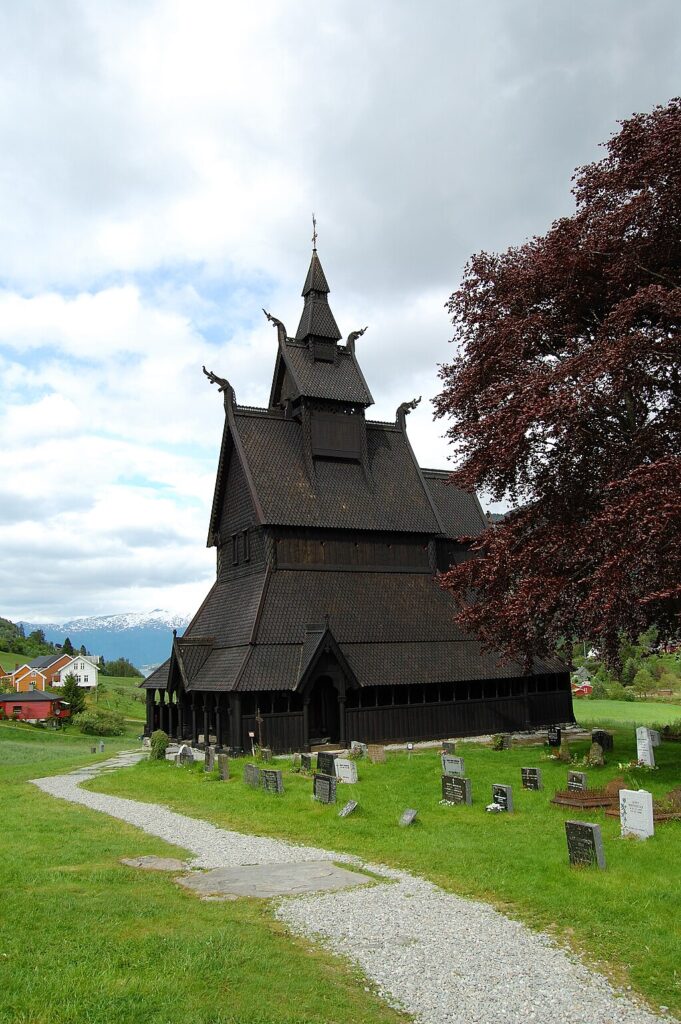
Opening Hours (2025):
Admission:

Why Visit:
Borgund is the best-preserved stave church in the country, completely intact since the 12th century. It is the archetype of stave church architecture, with layered roofing and dragonheads that seem to breathe Norse myth. A modern visitor center nearby provides historical context without compromising the atmosphere of the site.
Cycling Access:
A top choice for bikepackers. Take the train to Gol, then ride over the Hemsedal or Filefjell mountain passes. Alternatively, cycle from Sognefjord through the stunning Lærdal Tunnel area (bikes must take the old King’s Road over the mountain). Less than a kilometre from the church is Vindhellavegen (pictured) – one of Norway’s oldest roads. Don’t forget to check it out!
Ruter: Nasjonal sykkelrute 4


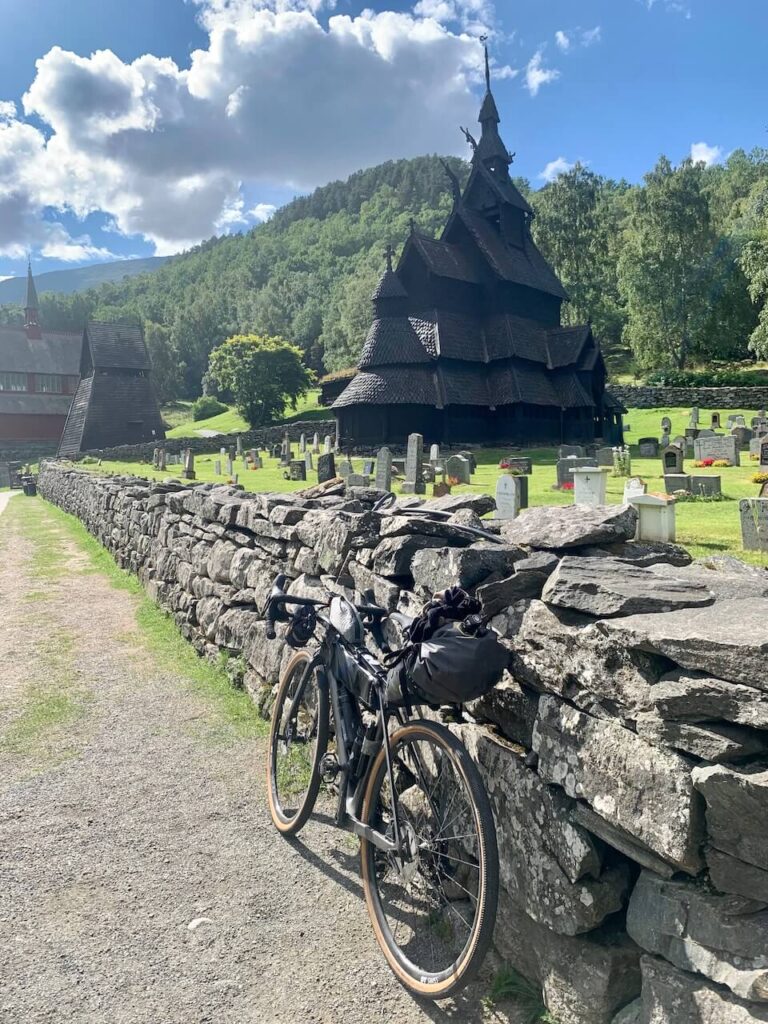
Opening Hours (2025):
Admission:

Why Visit:
A UNESCO World Heritage site, Urnes is often called the “queen” of stave churches. Set on a quiet hillside above the Lustrafjord, it dates back to around 1130 and features some of the most refined wood carvings in Norway, particularly the portal, which blends Viking animal art with early Christian motifs.
Cycling Access:
Reach Solvorn via the Rv55 route and take the small ferry across the fjord to Ornes. From there, it’s a short uphill cycle to the church. The Lustrafjord area is ideal for cycling, with quiet roads and deep fjord scenery. A loop of the whole fjord is popular to do.
Routes: Lustrafjorden Loop & Bergen to Åndalsnes
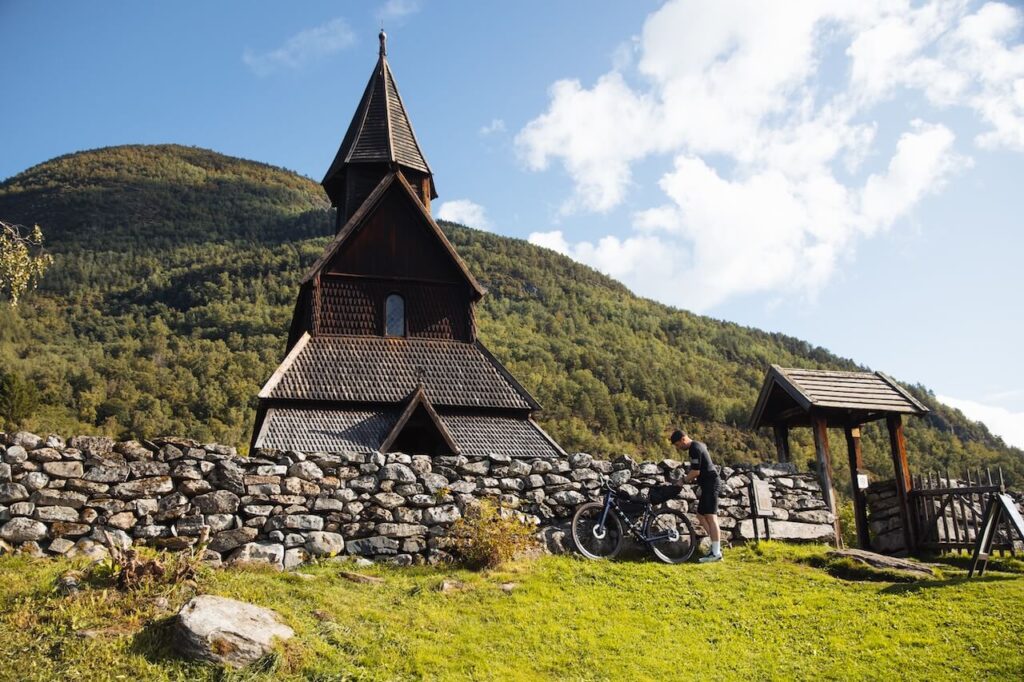
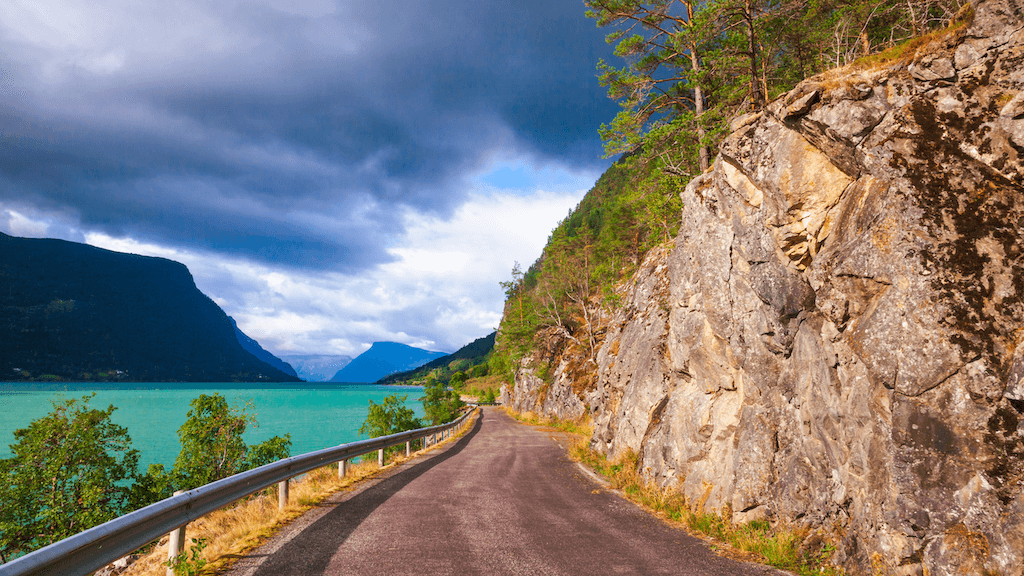
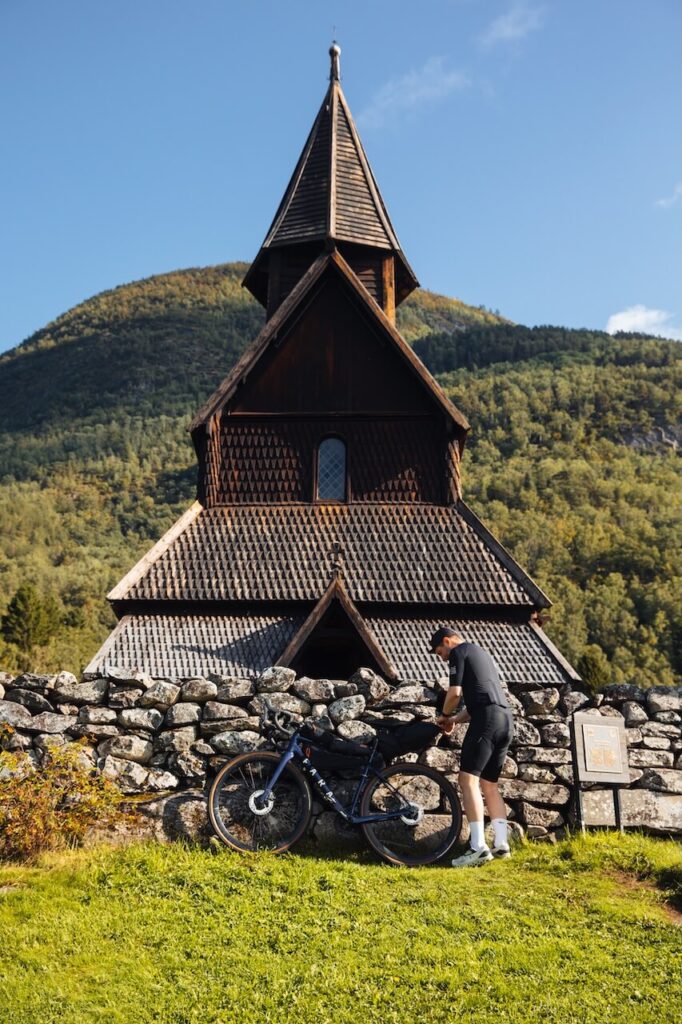
Opening Hours (2025):
Admission:

Why Visit:
Heddal is the largest of Norway’s stave churches, towering with three distinct roof tiers. Built in the early 13th century, it features intricate carvings and a rich history. The church is still in use today and offers a glimpse into Norway’s medieval past. In the 1950s it had significant renovation work, which makes it one of the most intact of all the stave churches.
Cycling Access:
Take the train to Notodden and cycle a short distance to the church, enjoying the scenic countryside of Telemark and consider a fantastic loop of the northern part of the county.
Routes: Telemarks helter


Opening Hours (2025):
Admission:
Stave churches are not tourist attractions. They’re sacred stories told in wood. When you cycle to them, you don’t just see the past, you feel it. You move through myth, through centuries, and through landscapes that haven’t changed all that much since the first Vikings carved crosses into old gods’ trees.

Each stave church offers more than a destination. It offers a moment to step outside the noise of the modern world and into the quiet rhythm of something older, and perhaps wiser. If you want to understand Norway, not just see it, ride to a stave church.
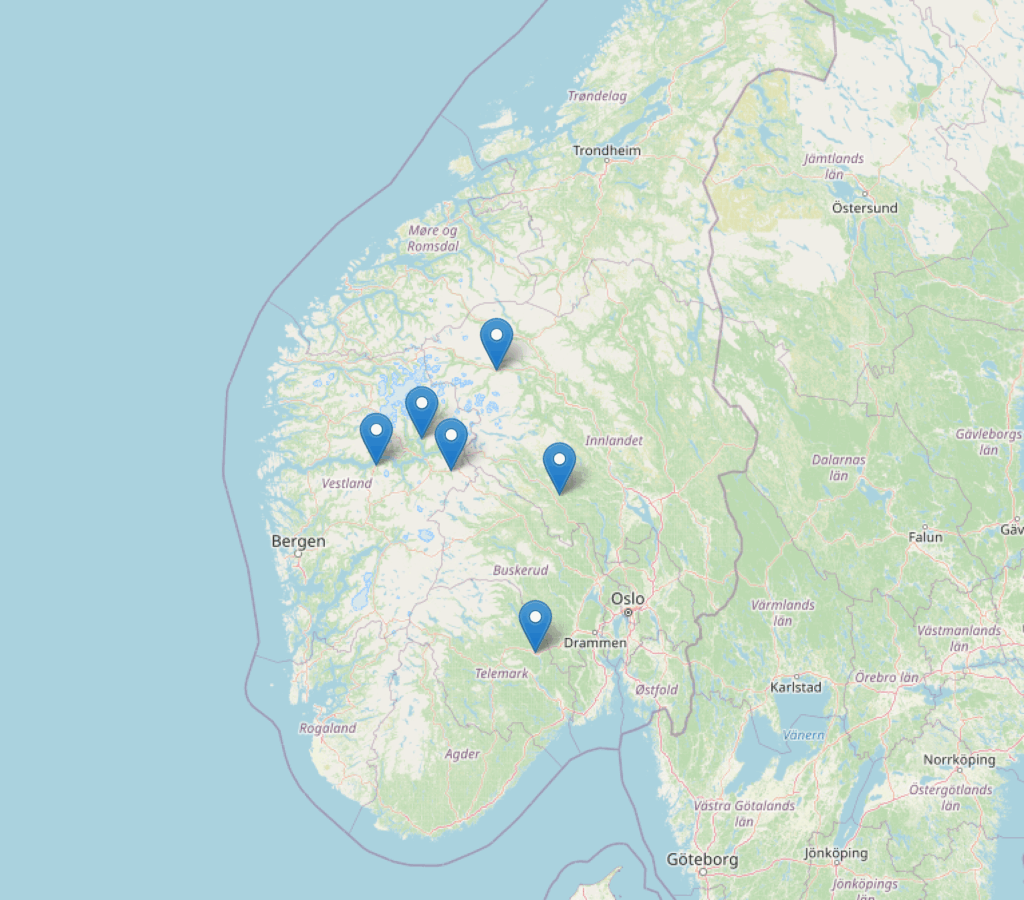
For further information, visit the Stave Church’s official website
Join our premium membership to access all detailed route information and new content.

Norges stavkirker er blant landets mest unike og stemningsfulle kulturskatter. Disse middelalderske trekirkene, som ble bygget mellom 1100- og 1300-tallet, er
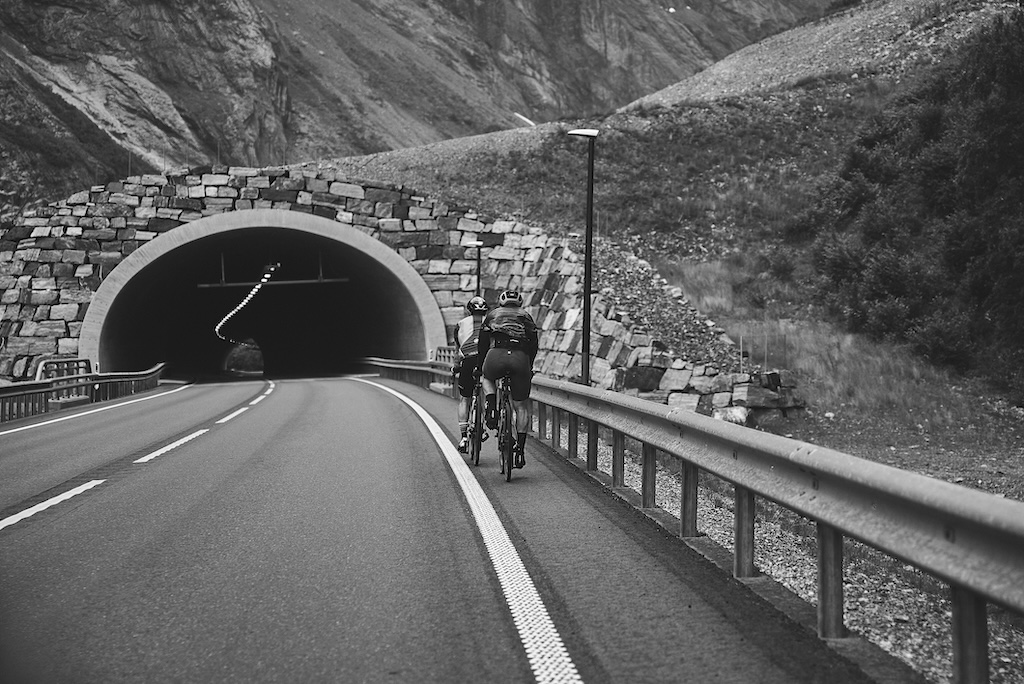
De fleste syklister kommer til Norge for utsikten. Det er rett og rimelig, landskapet er imponerende. Fjorder som skjærer seg inn i fjell, midnattssol som kaster lange skygger, og

Etter uker med mildt og kjedelig overskyet vær, ble Norge endelig velsignet med en sjelden gave, to uker med solskinn. Og med det enkle
Cycle Norway er dedikert til å gjøre Norge tryggere og morsommere å oppleve på sykkel, og til å inspirere og informere et voksende publikum om de mulighetene som finnes.